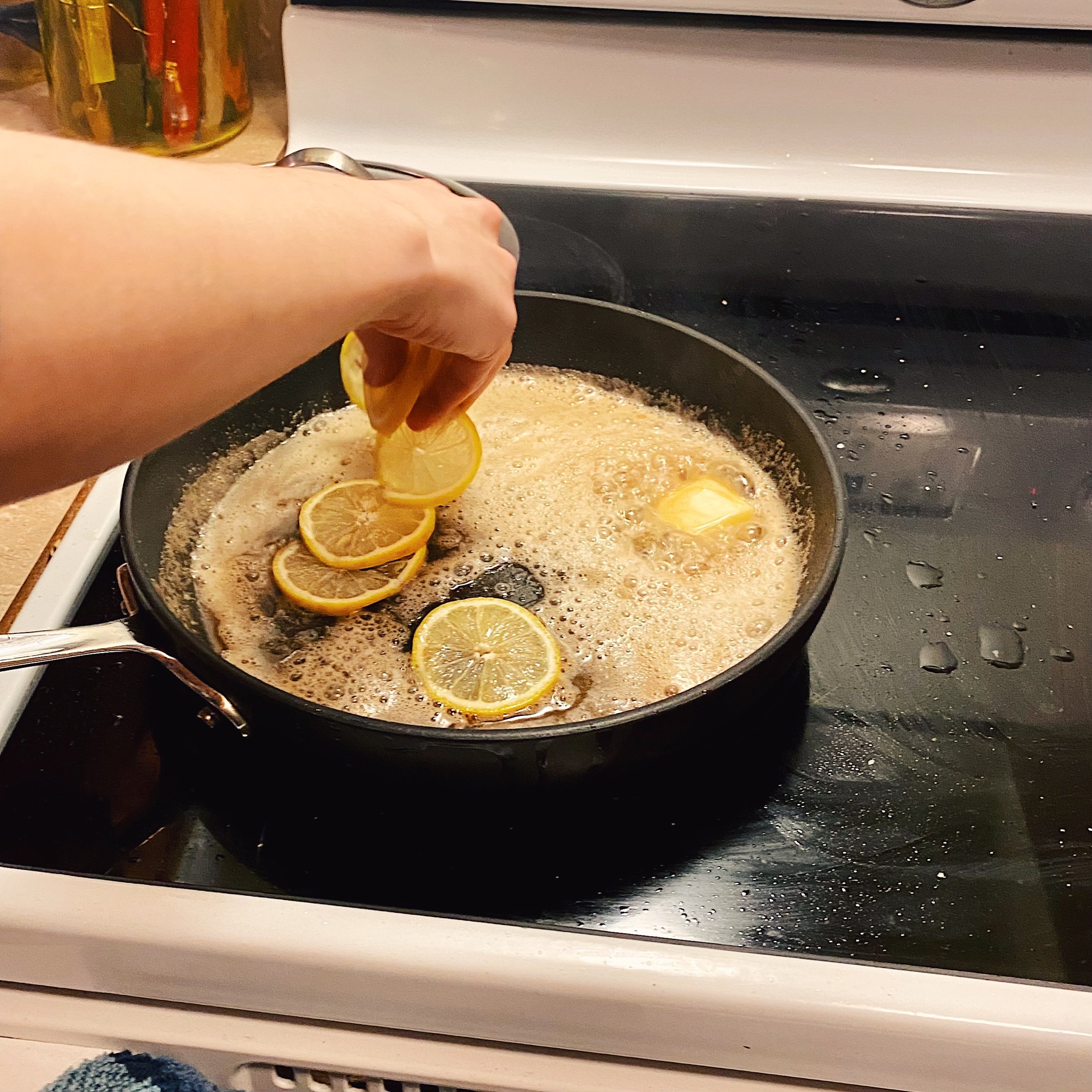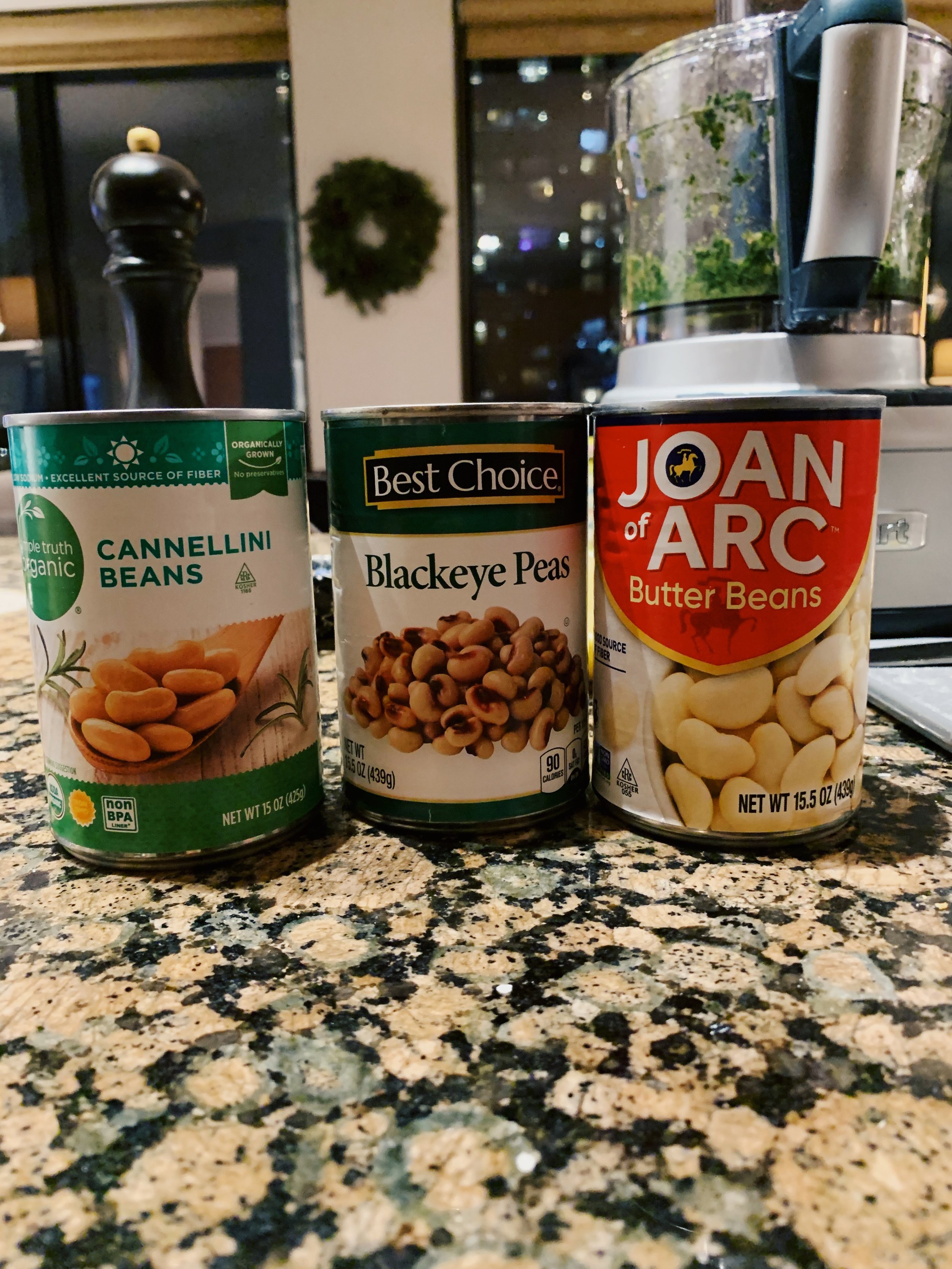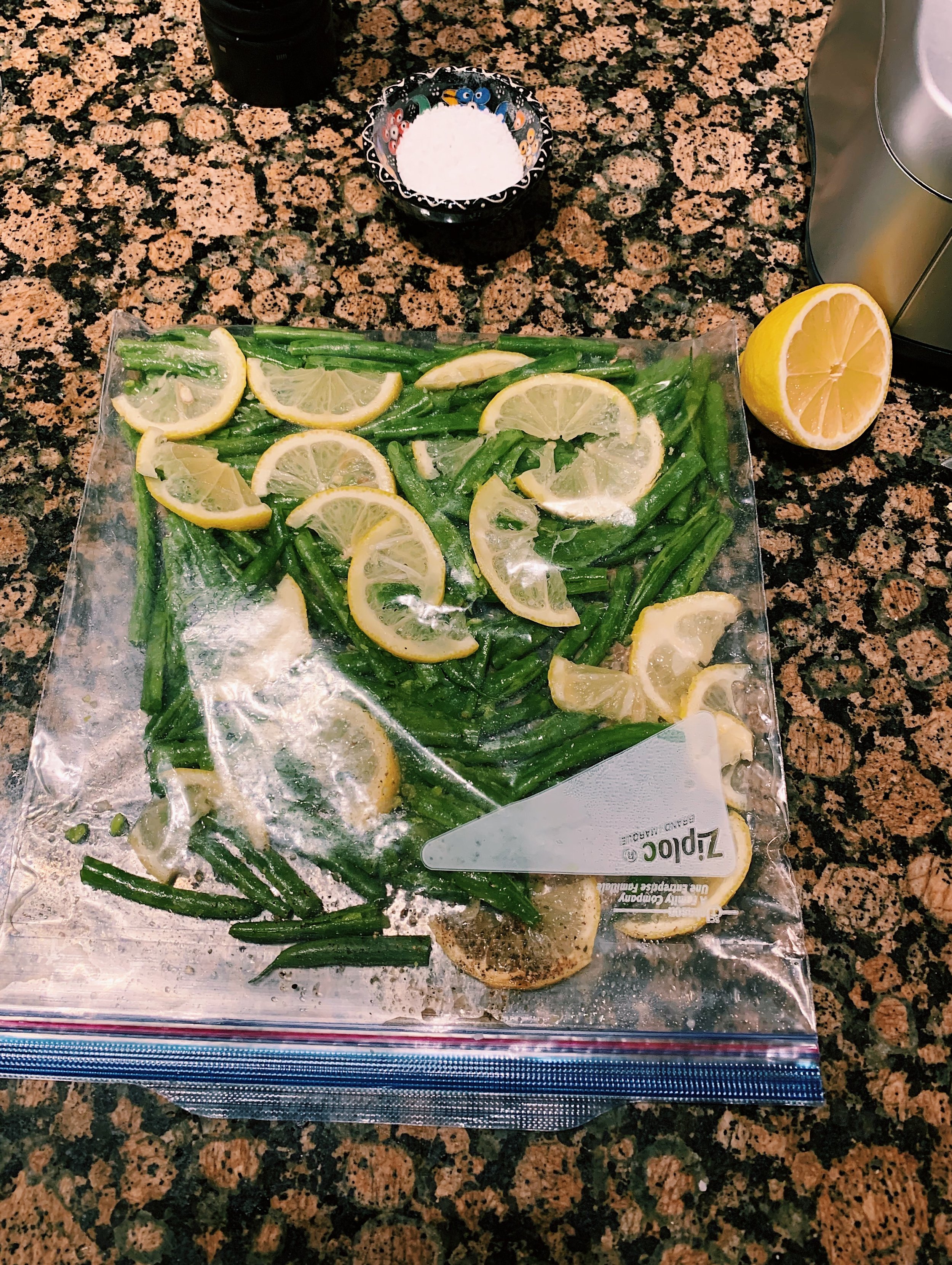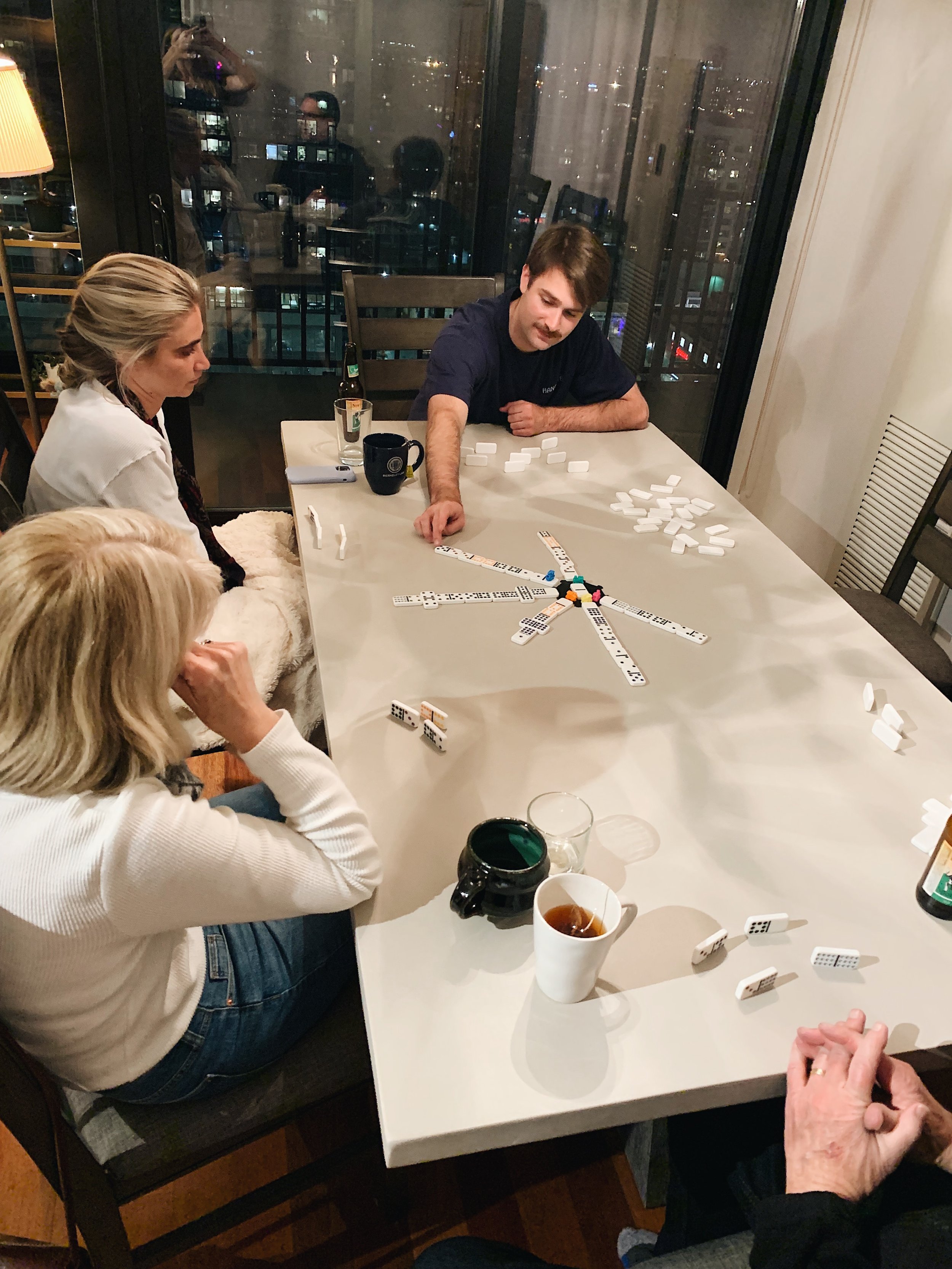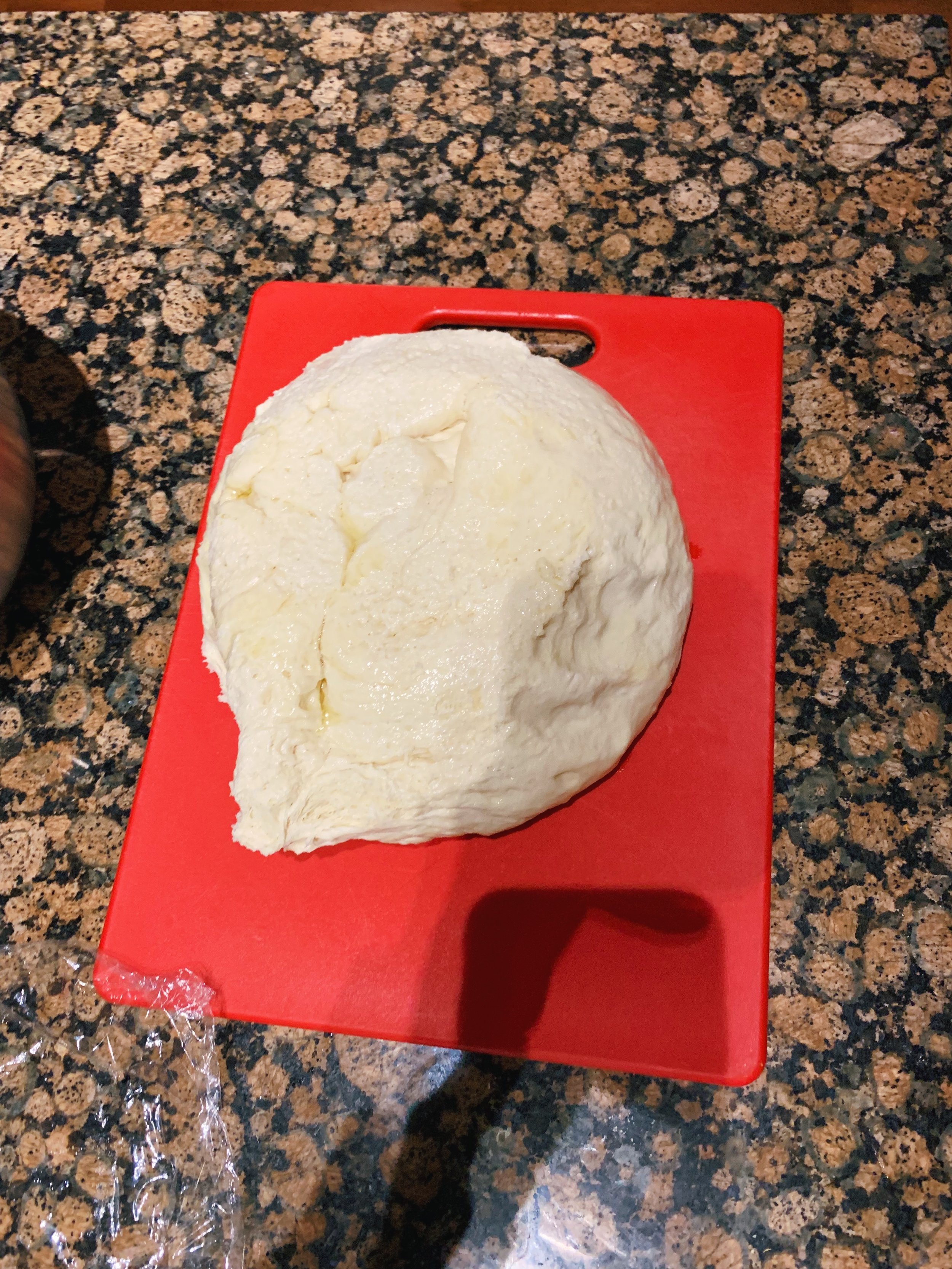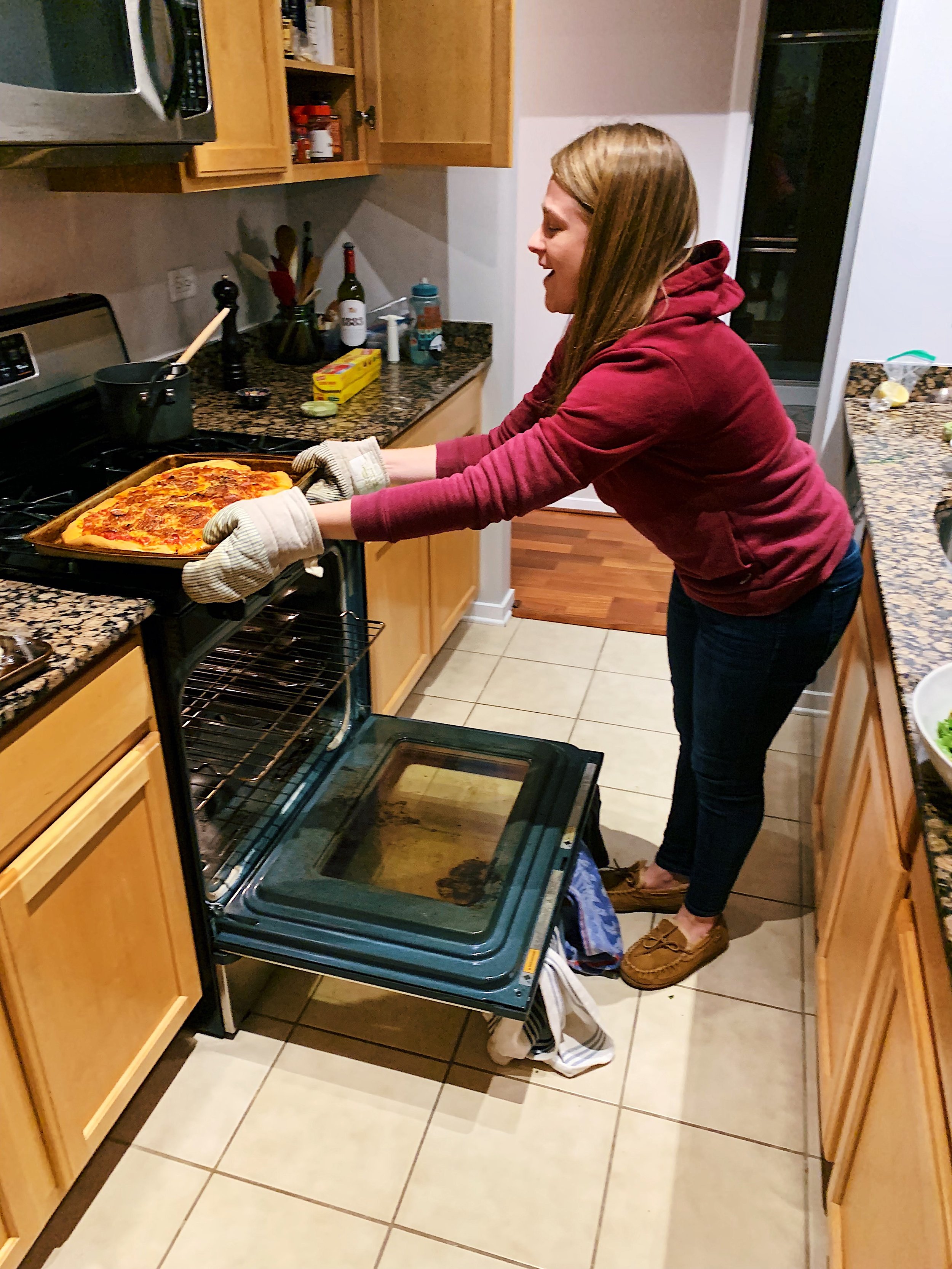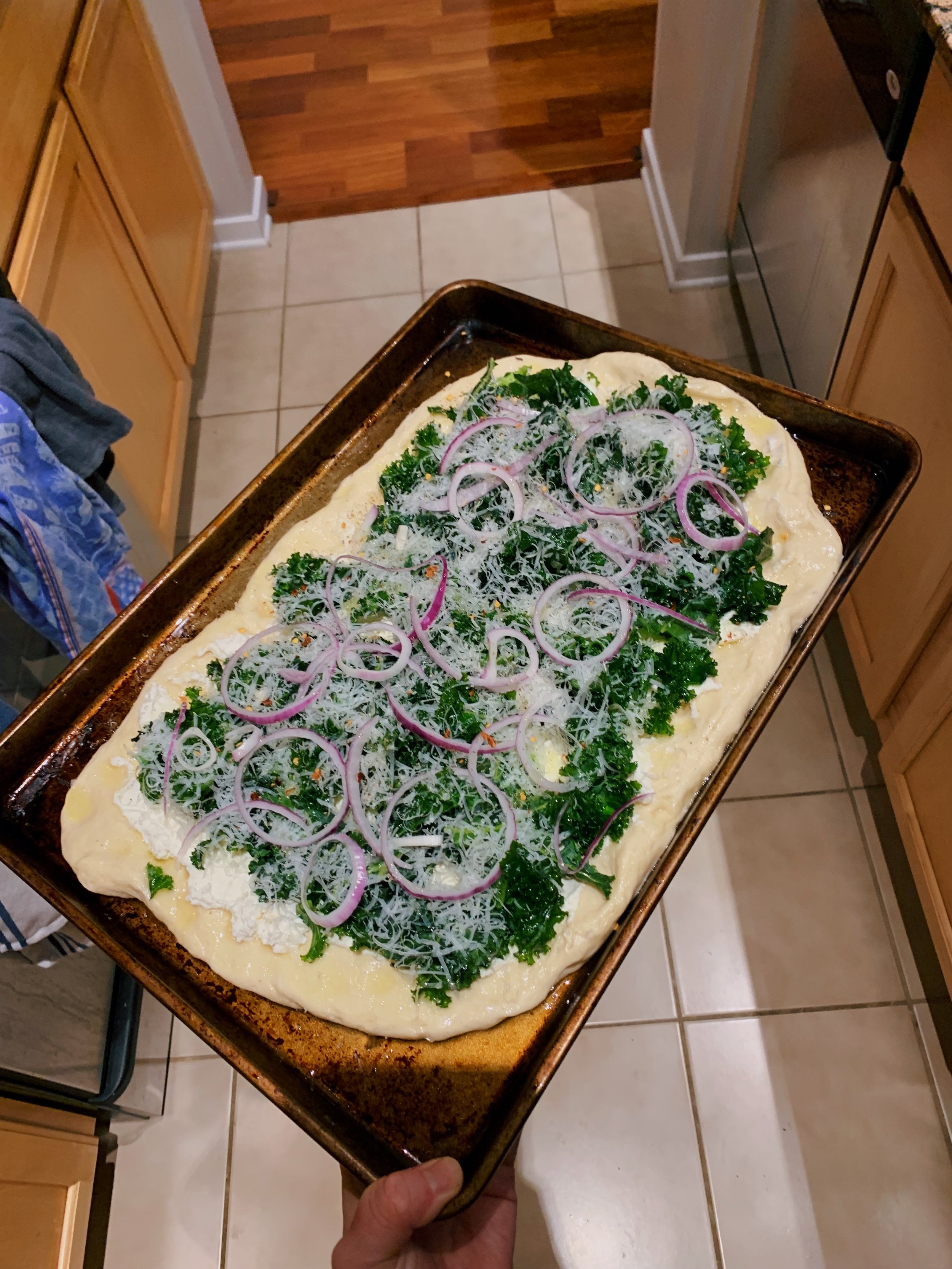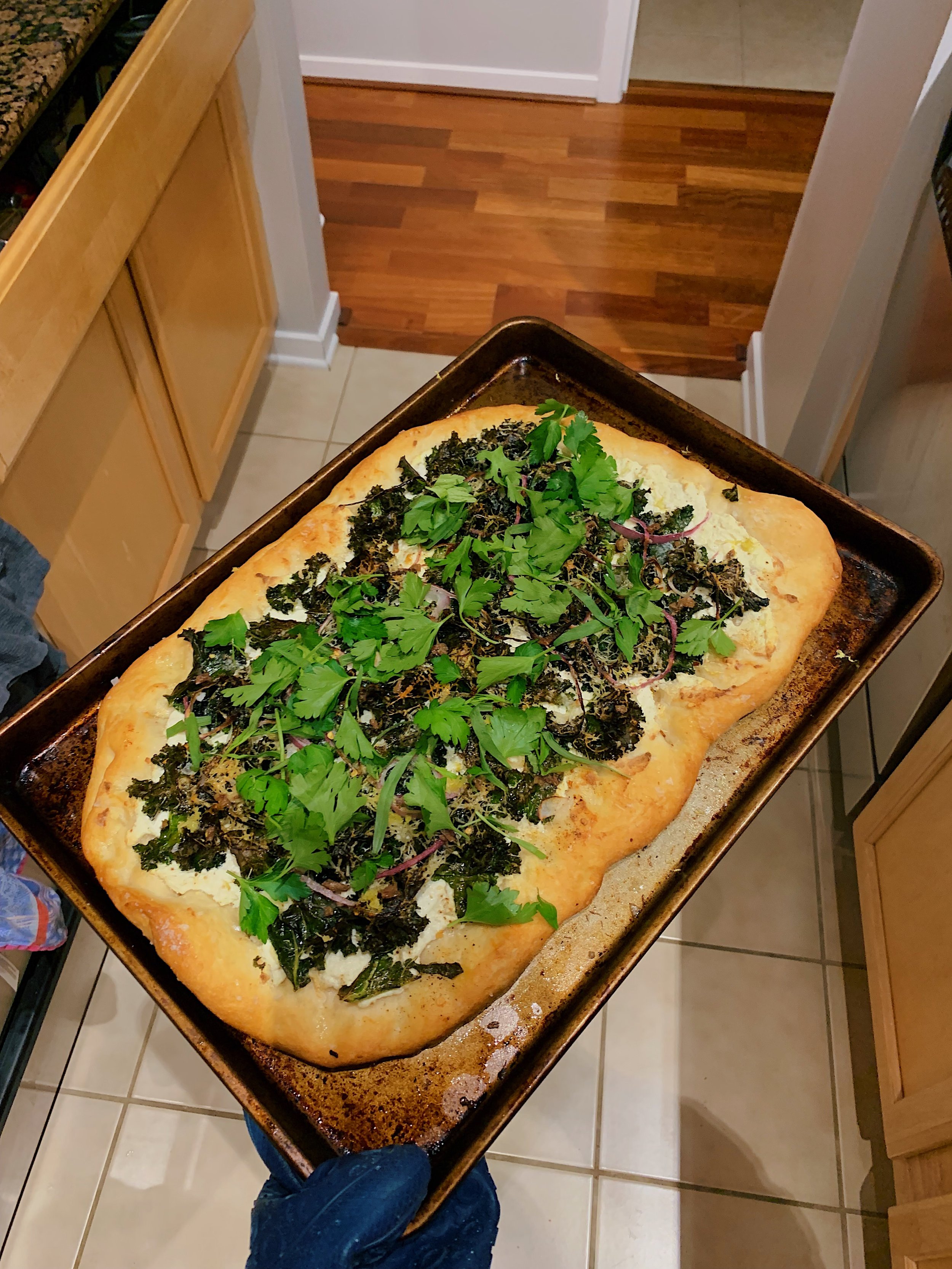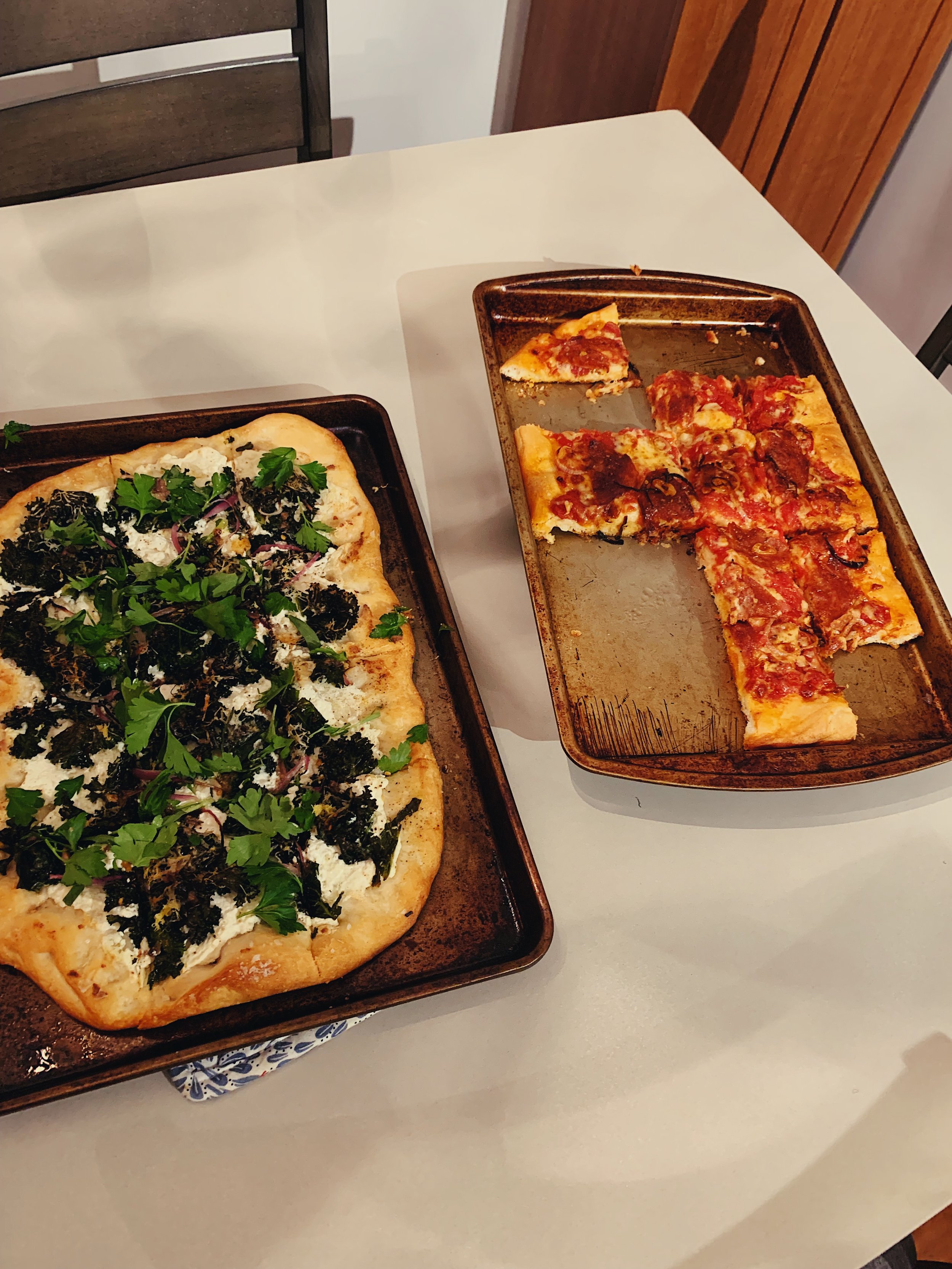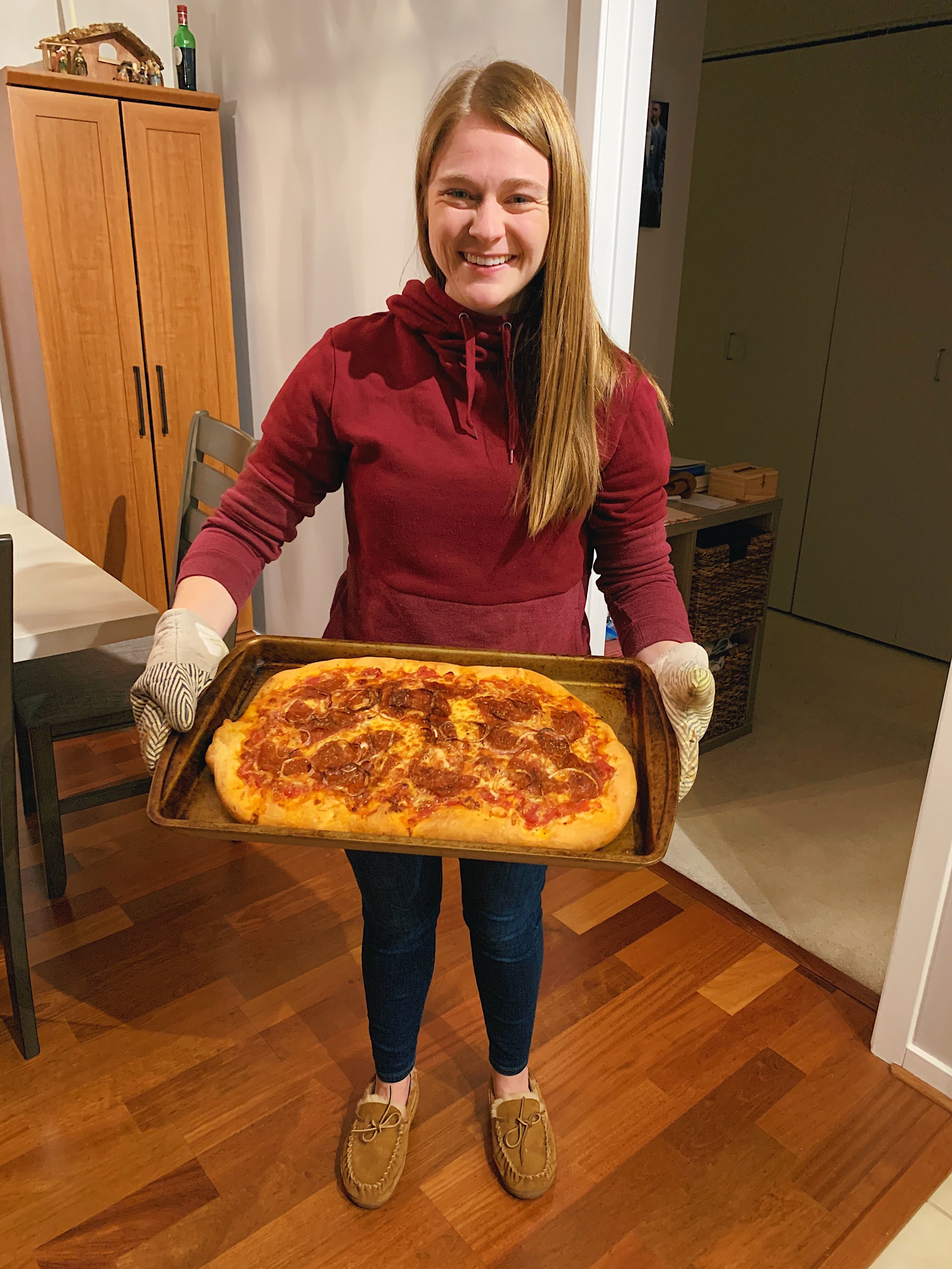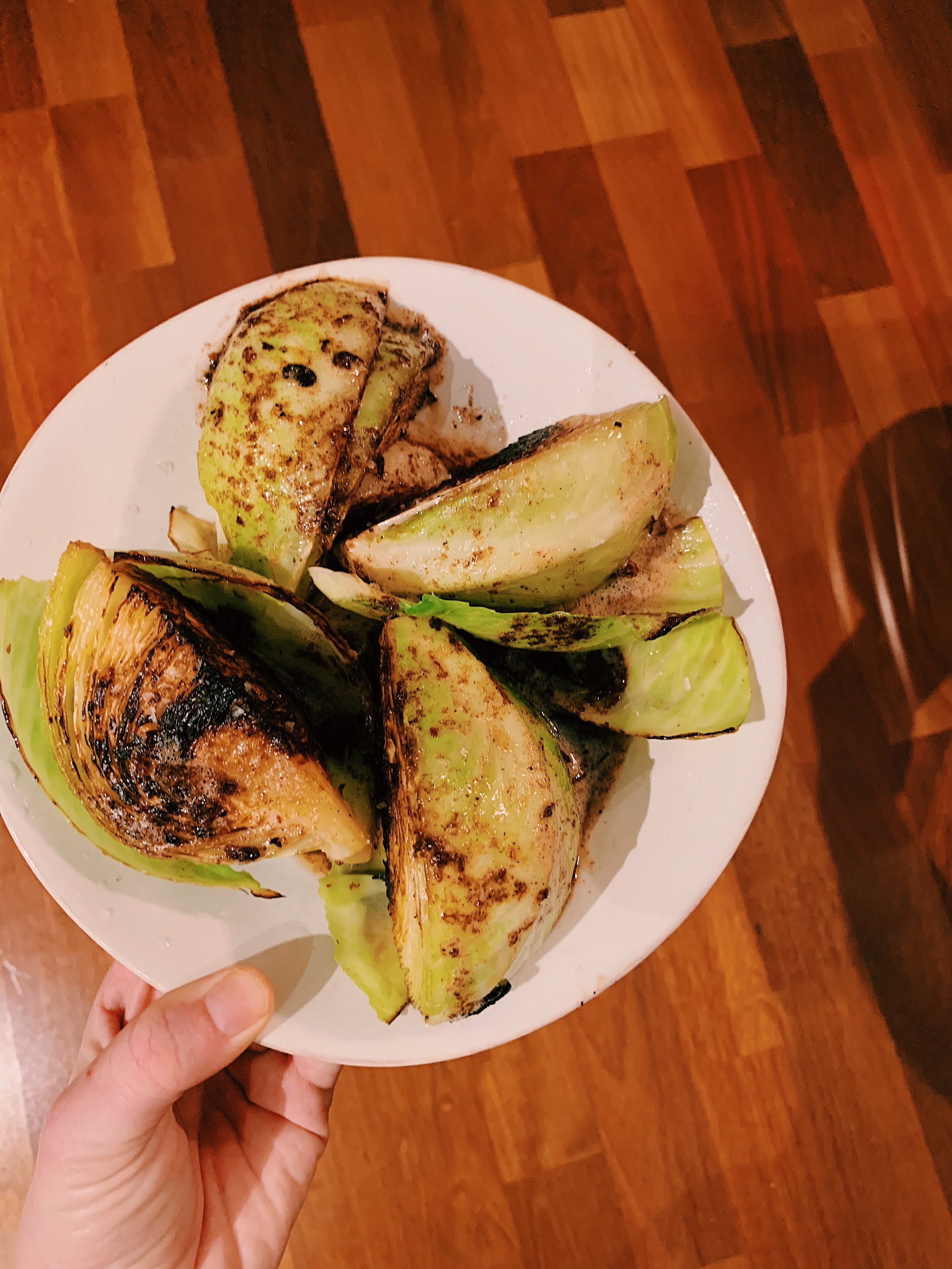This is a GUEST POST by the one, the extraordinary, Margaret Winchell. As she will soon note below, we struuuuuggled to find fresh sardines. Calling many fish mongerers in Chicago and Michigan proved fruitless, so Margaret got creative. She went out of her way to find fish and friends to eat it, and wrote about it all with her signature spunk and knowledgeable tips
Margaret, thanks for being a #1 supporter of me and this project, in word and in deed. You’re my true friend.
Let’s get this out of the way: I made two recipes that call for fresh sardines without fresh sardines. If I were a recipe writer, I would roll my eyes at me. But Annie and I both looked high and low for whole, fresh sardines - she, in Chicago, and me, in southwestern Michigan, and we found none. Alison repeatedly notes how oily sardines are, so I planned to sub in a different oily fish. My first choice was mackerel because my research showed them to be similar enough, but that was also not available! So: here we are with rainbow trout.
While I was working on these dishes, I kept asking myself, how much do you get to deviate from a recipe before you have to acknowledge that you’re making a different dish? I don’t have a strict rule, but this feels like it’s pushing it. I invited two of my best grad school pals over for “Fish Night” on our first day of classes. Here’s what we ate:
Oil-Roasted Sardines with Mayonnaise, Pickled Onions, and Lots of Parsley
*Bonus go-with recipe: Mayo for people who don’t like mayo
Pan-Fried Sardines with Fried and Salted Lemon
Roasted Broccolini
Boiled baby yellow potatoes (they’re great with aioli!)
…and it was a totally fine fish night menu! The win here really was the combination of flavors and textures on the table. Assembling little bites of focaccia-fish-aioli-pickled onion or potato-fish-lemon-broccolini is so satisfying to me because it feels like you get to do an activity while you eat. It’s entertaining to build tiny food towers!
oil-roasted trout
The oil-roasted fish was nothing to write home about, but with the accoutrements, it didn’t really matter. What made me grumpy is that Alison has you use a whole head of garlic and several sprigs of thyme that never really make their presence known in the fish. She has you cut the garlic head in half lengthwise and put it and the thyme in the pan with the sardines (trout) while they roast, but they only bake for 15-20 minutes. This wasn’t long enough for the garlic to be really roasted (and thus edible as a side), and the garlic and thyme didn’t make enough contact with the oil for it to serve as a useful conduit for the flavors. I wondered why she didn’t have you smash several cloves of garlic and scatter them around the pan, or even give them a head start in the oil in a saucepan before roasting. The skin on my trout also didn’t get very crispy with her method, but that might have been different with sardines.
Now about the mayo: this is aioli. They are the same thing, but if your goal is to make a “mayo for people who don’t like mayo,” you bypass so many obstacles by calling it “aioli.” But whatever you call it, it’s a little tricky! There was a span of a few weeks early in high school when I encountered several recipes for mayo or aioli that came with a disclaimer of “people think this is hard, but my method is foolproof!” (Often said about making mayo in a blender.) Yeah, OK. They were not foolproof. But this mayo went just fine! She has you use two egg yolks, which is more than you need for this amount of oil, but I described it to Annie over the phone as an insurance policy.
Let’s take a detour for a primer on emulsions! Mayo, aioli, creamy salad dressings, and many other sauces are emulsions. This just means it’s a homogeneous mixture of oil and water. In order to get oil and water to combine and not separate, you need an emulsifier (like an egg yolk) to serve as a mediator between oil and water and help them get along. In making mayo, you start with an egg yolk, often with a little mustard and some lemon juice, and very gradually whisk in oil. The first time I made it successfully, I got my station set up, called my friend Amy, and put her on speaker so I could have both hands free for drizzling and whisking. I was so paranoid about going too fast with the oil integration that I paced it out over the course of a whole hour. This time, I called Annie and did it in about 15 minutes. This is growth!
Last thoughts on aioli: it’s tough to gauge seasoning on a condiment. I tasted the aioli on its own a few times and kept wanting more acid and more salt, so I added them, and I’m glad I did. But when I put the aioli in the fridge for a bit while I worked on the other dishes, I wasn’t convinced it was going to have enough spunk. It’s just so unctuous! It’s hard to ever taste it and say, “I want a big spoonful of that in my mouth NOW.” So, if you make aioli, go farther than you think you should on acid and salt, but also bear in mind what it will accompany. The lemon slices and pickled onions did a lot of work here in balancing out the creamy aioli, but if I were serving it with something less zippy, I would want the aioli to be more assertive.
pan-fried trout
For fish on its own, we all preferred the pan-fried fish with fried and salted lemon. I took a bite and said, “This tastes like dessert fish!” I know this sounds weird. But! Alison has you fry lemon slices in some browned butter until the whole thing is deep and caramelly. The skin on the fish gets crackly in the pan-frying. And the other lemon slices are quick-cured in salt and sumac. When you put it all together, you have caramel notes from the brown butter, a salty-acidic pop from the sumac lemons, and crispiness from the fish skin. It could so be a lemon pastry.
212 and 213 recipes cooked, 12 to go.


